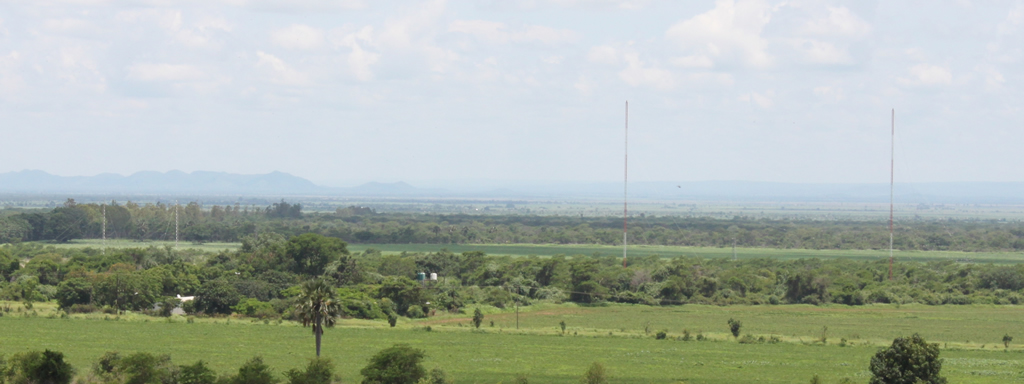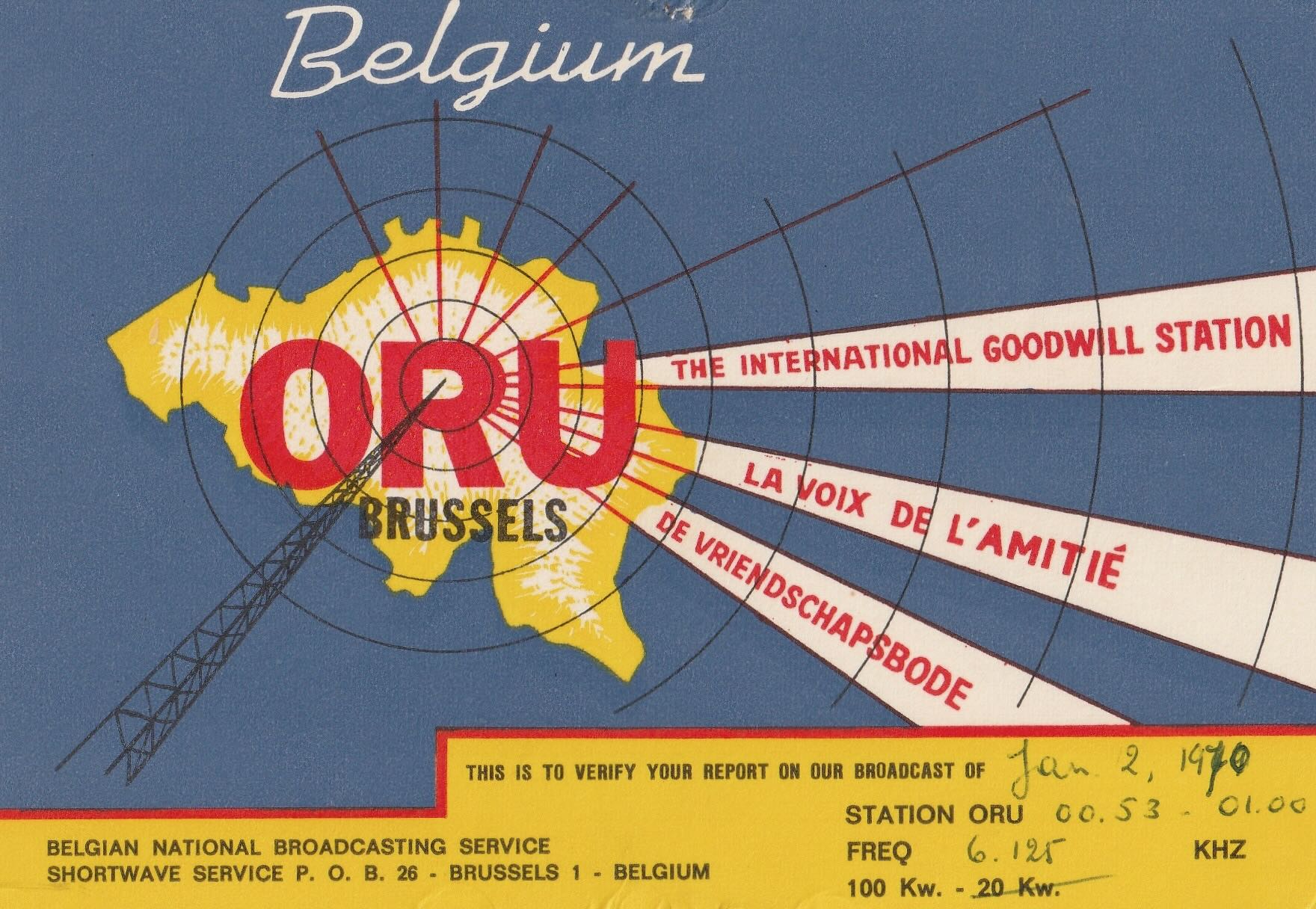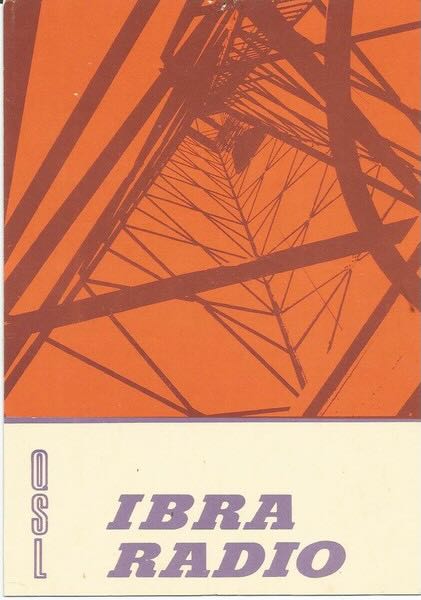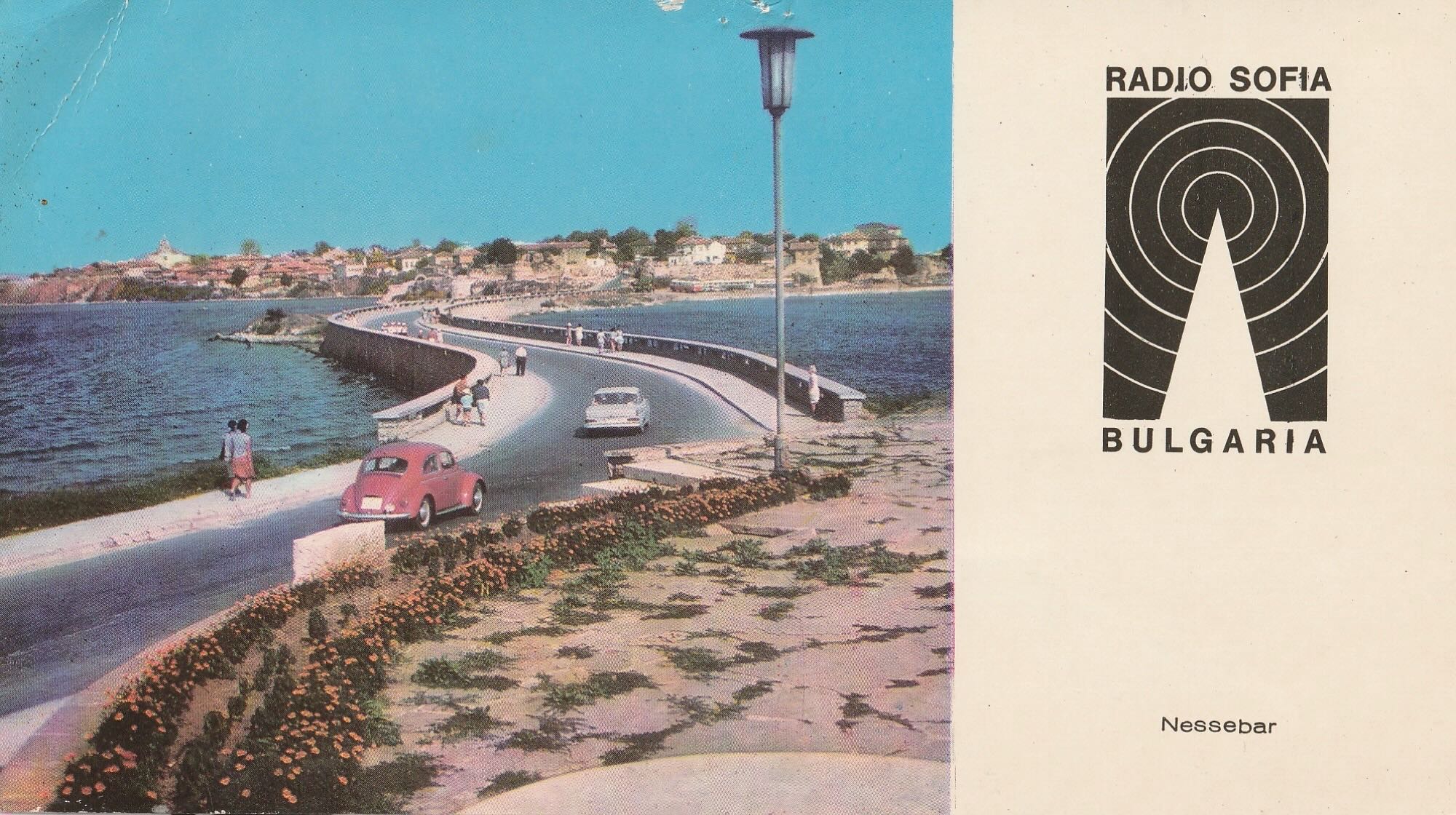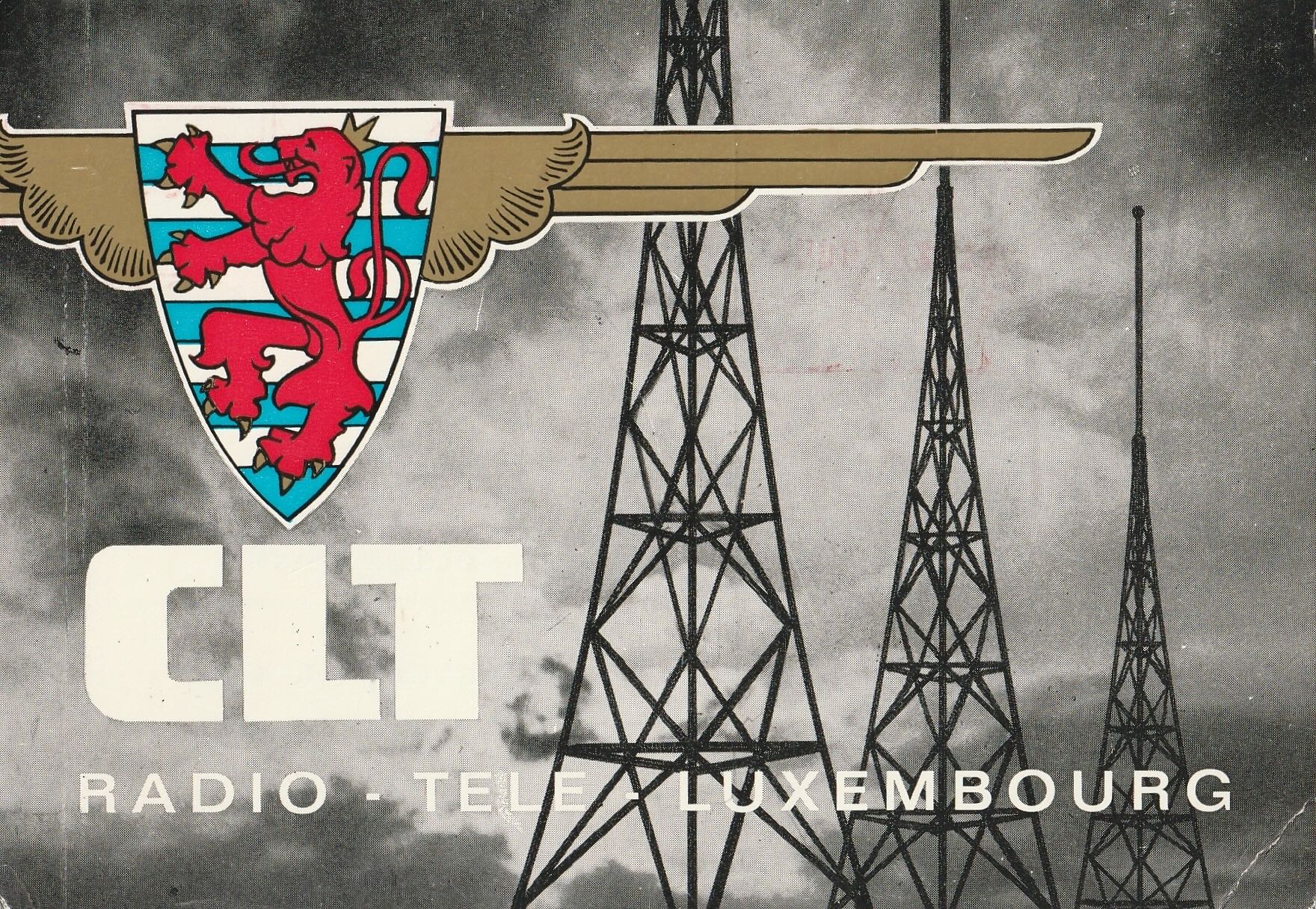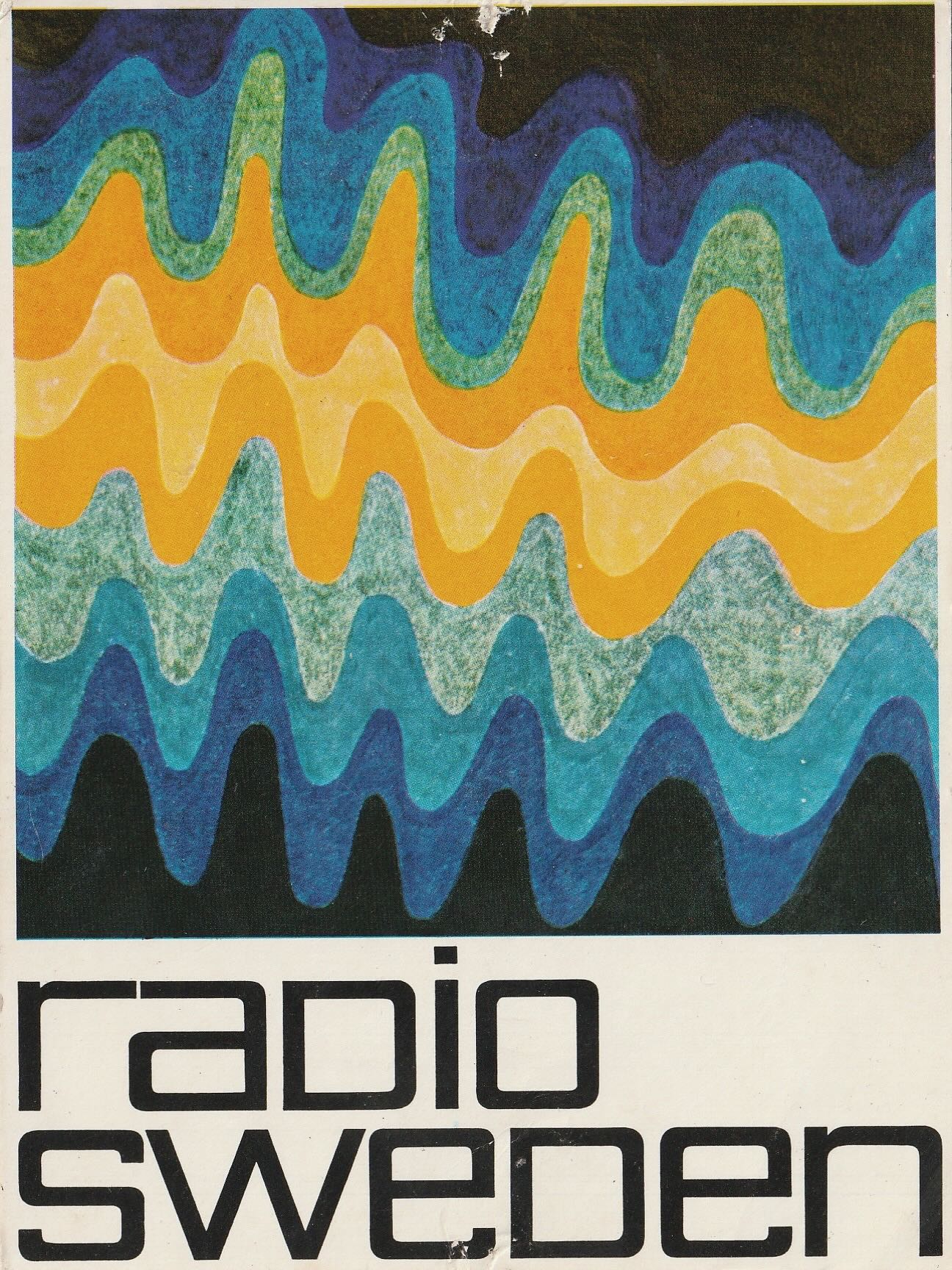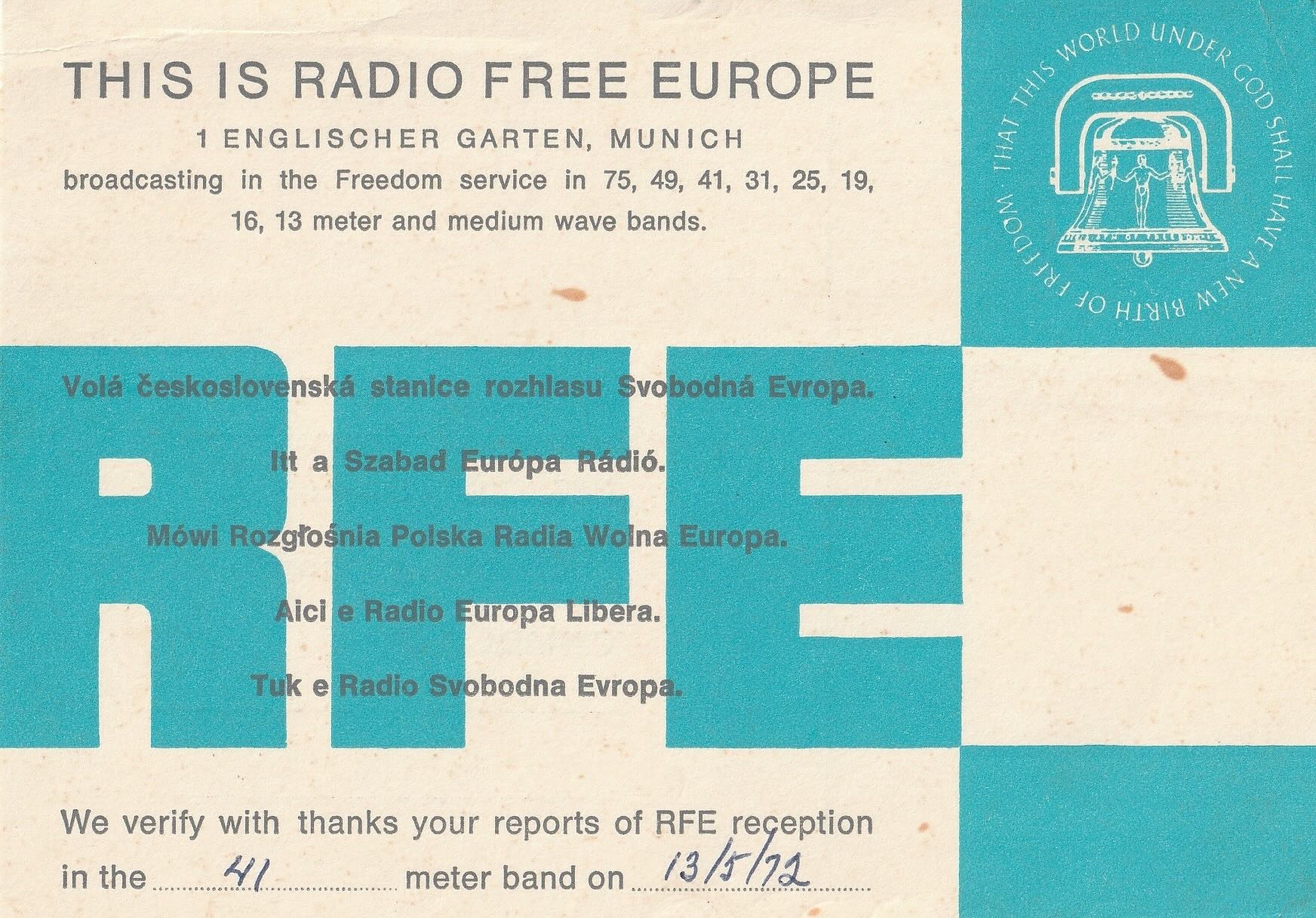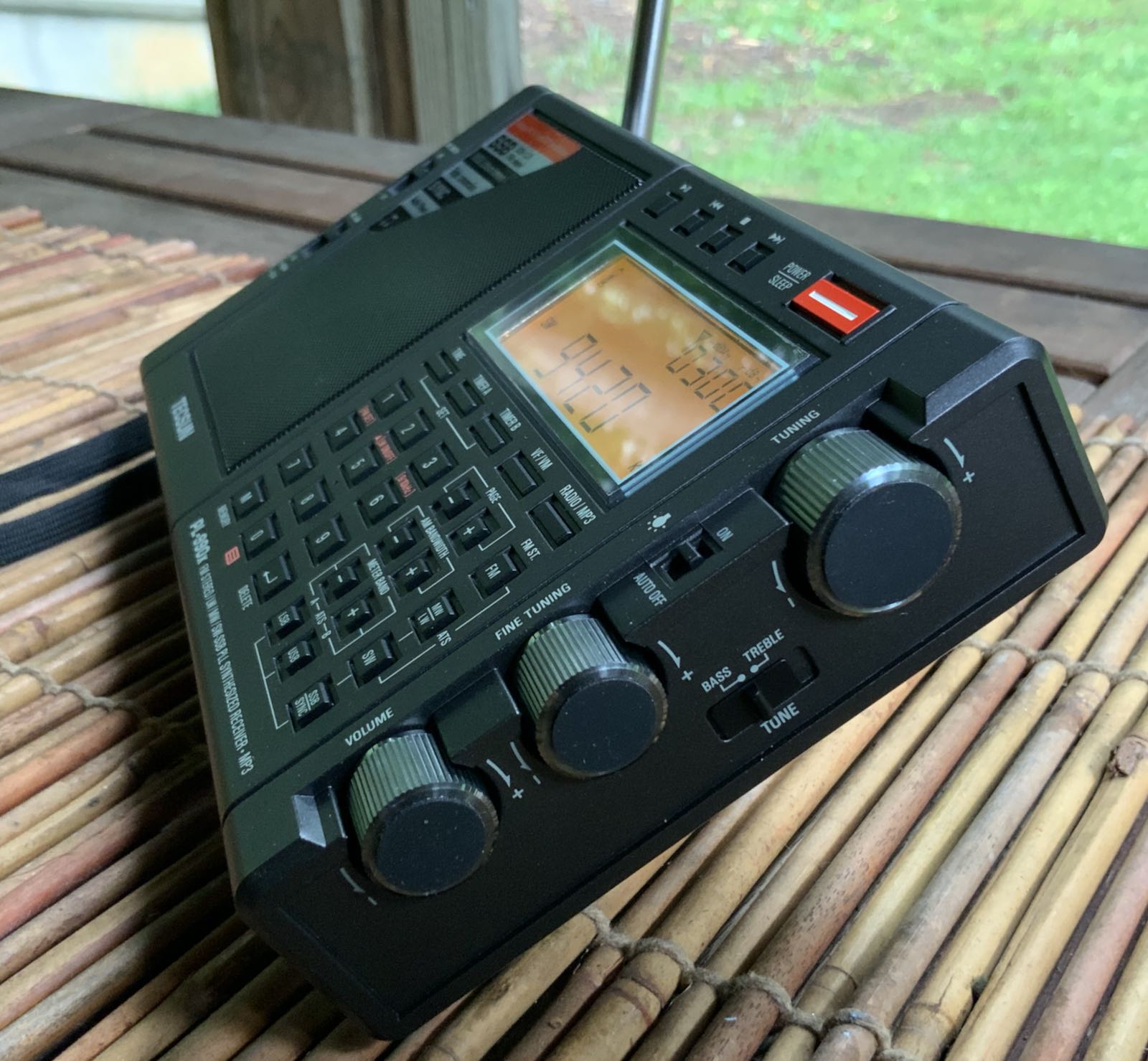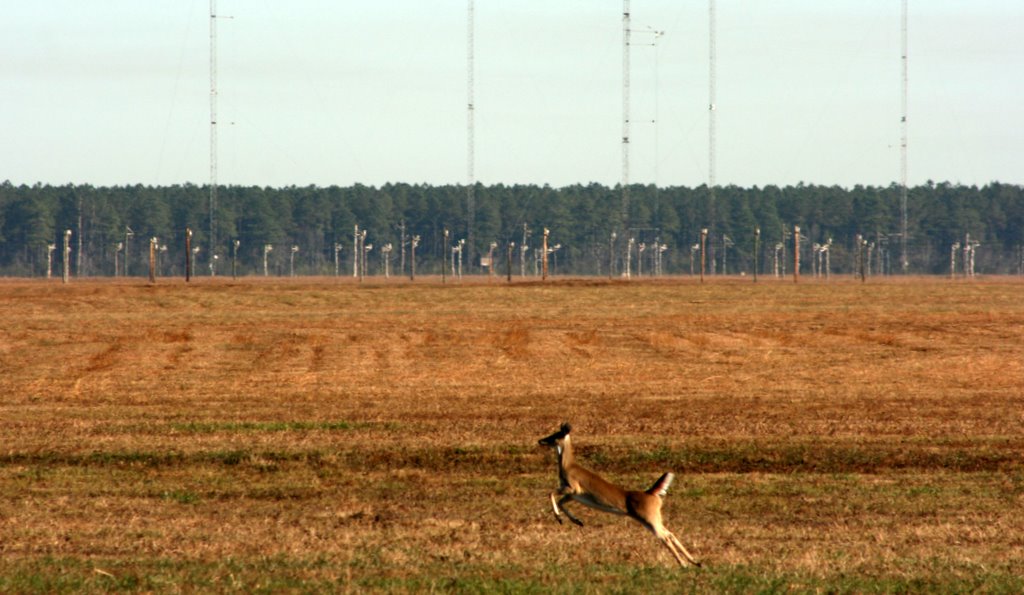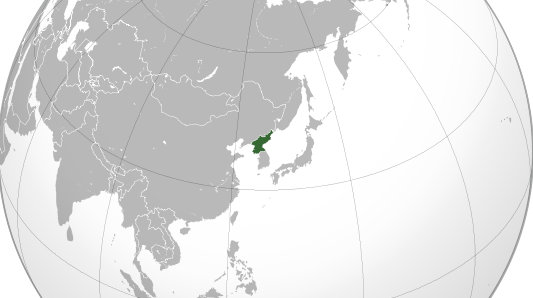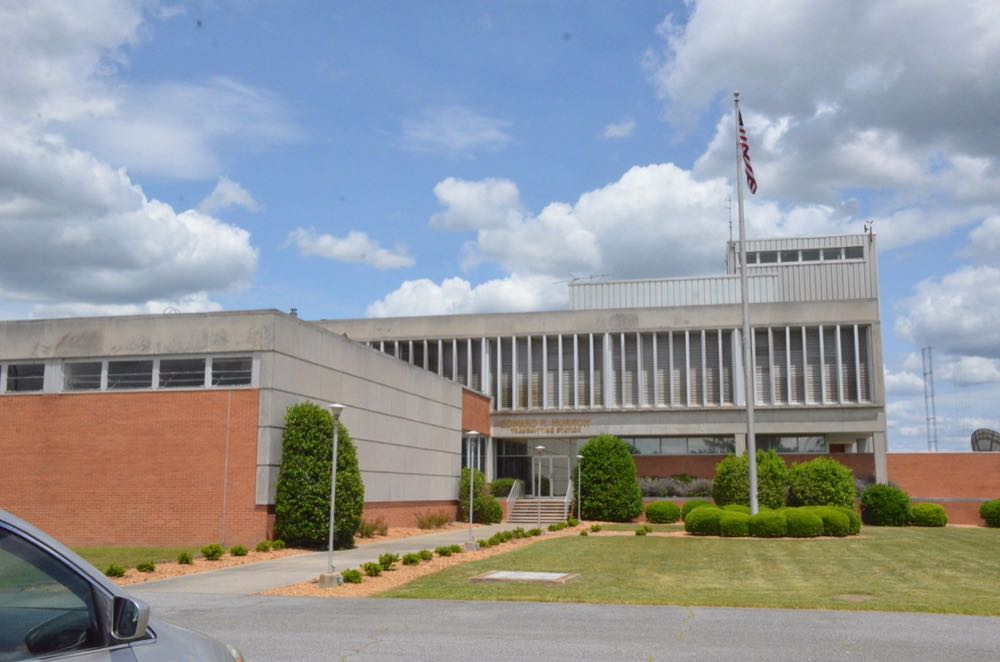Many thanks to SWLing Post contributor Dan Greenall, who writes:
Hi Thomas
I just heard on the latest program of Wavescan that the Voice of Hope Africa from Lusaka, Zambia is now off the air. It has been a few months since I heard them on a KiwiSDR from that area so I guess that explains why. Too bad since there are so few African broadcasters remaining.
Listen to their podcast here: https://www.podomatic.com/podcasts/wavescan
Here are a couple recordings of the station I made back on January 6 of this year on 4965 kHz using a Kiwi located on Reunion Island:
73
Dan Greenall, Ontario, Canada

